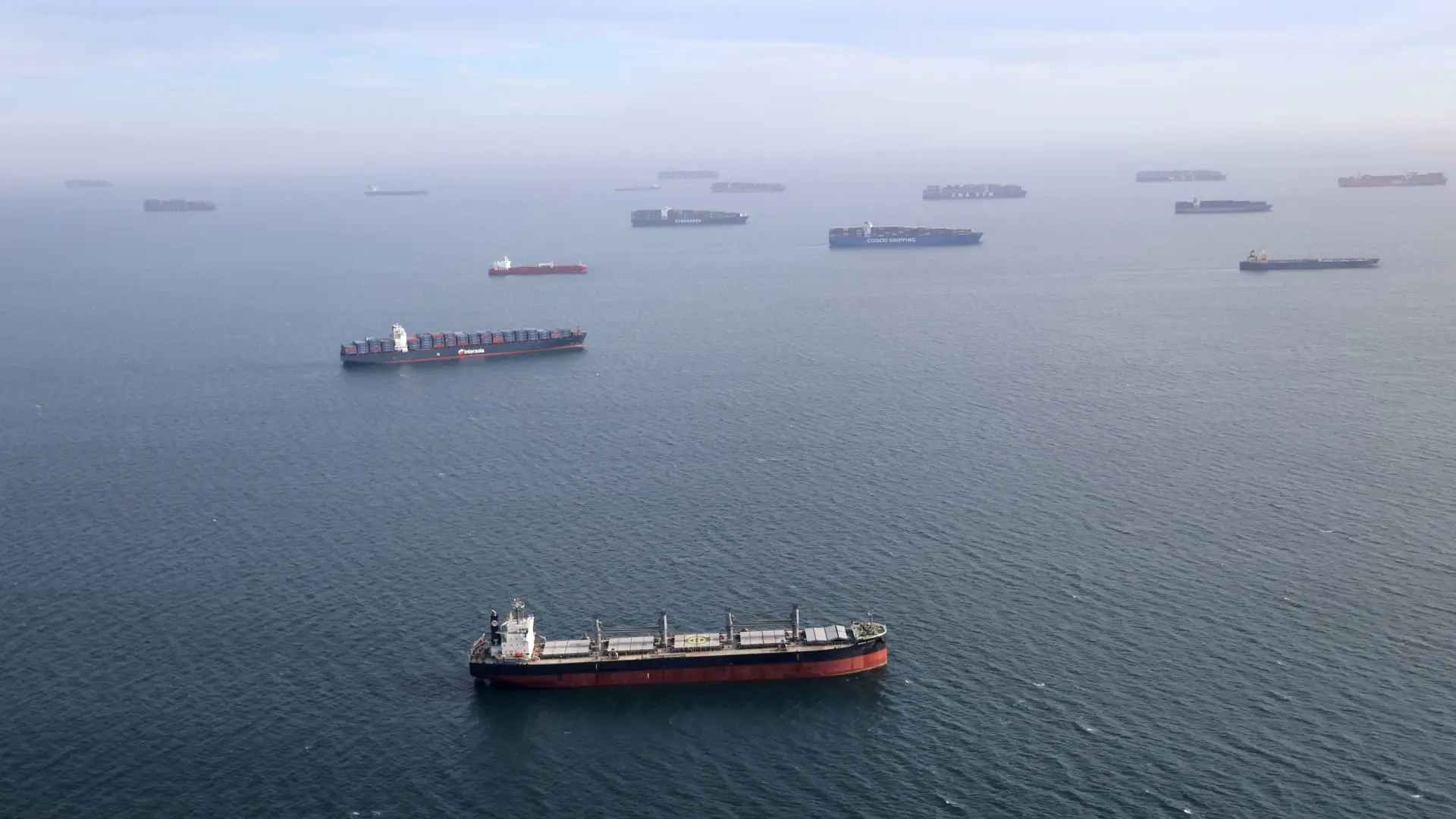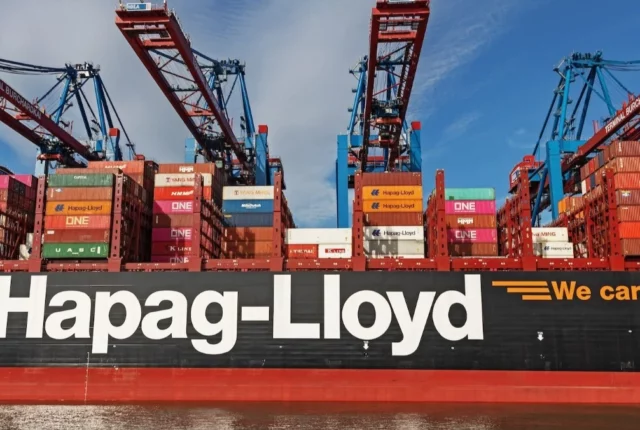
Navigating the Seas: Technologies in Sea Freight Shipping
Sea freight shipping is a crucial aspect of international trade, enabling the transportation of goods across vast distances. In recent years, the industry has witnessed significant advancements in technology and evolving trends that have revolutionized the way goods are transported by sea. This article explores the latest trends and technologies shaping the world of ocean freight shipping, highlighting their impact and potential for the future.
The Growing Importance of Sea Freight Shipping
Sea freight shipping is the backbone of global trade, responsible for transporting over 80% of the world’s goods. As international trade continues to expand, the demand for efficient and reliable shipping solutions has never been higher. Sea freight shipping provides economies of scale, making it a preferred choice for businesses looking to transport large volumes of goods.
Digitization and Automation in Sea Freight
- Blockchain Technology
Blockchain technology has gained traction in the shipping industry, offering enhanced transparency, security, and efficiency in supply chain operations. By creating an immutable and decentralized ledger of transactions, blockchain enables seamless tracking of goods, reduces paperwork, minimizes fraud, and enhances trust between stakeholders.
2. Internet of Things (IoT)
The Internet of Things (IoT) has revolutionized the way shipping operations are managed. IoT devices and sensors embedded in containers, vessels, and ports enable real-time monitoring of temperature, humidity, location, and other parameters. This data-driven approach enhances supply chain visibility, reduces delays, and improves overall operational efficiency.
3. Artificial Intelligence (AI)
Artificial Intelligence (AI) is transforming the Sea freight shipping industry by enabling predictive analytics, optimizing routes, and automating various processes. AI-powered algorithms analyze historical data, weather patterns, and market trends to predict demand, optimize vessel utilization, and reduce fuel consumption, leading to significant cost savings and environmental benefits.
4. Big Data Analytics
Big Data analytics is playing a crucial role in decision-making within the shipping industry. By harnessing large volumes of data generated by various sources, including vessels, ports, and customers, shipping companies can gain valuable insights into market trends, customer behavior, and operational performance. These insights drive informed decision-making and help optimize supply chain operations.
Sustainable Shipping Practices
With growing concerns about climate change and environmental impact, the shipping industry is embracing sustainable practices to reduce its carbon footprint and promote eco-friendly operations.
- Eco-friendly Vessels
Shipping companies are investing in eco-friendly vessels that incorporate energy-efficient technologies, such as advanced propulsion systems, optimized hull designs, and waste heat recovery systems. These innovations reduce fuel consumption, greenhouse gas emissions, and environmental pollution.
2. Alternative Fuels and Energy Sources
The adoption of alternative fuels, such as liquefied natural gas (LNG), biofuels, and hydrogen, is gaining momentum in the shipping industry. These cleaner energy sources help reduce carbon emissions and comply with increasingly stringent environmental regulations.
Improving Security and Risk Management
The sea freight shipping industry faces numerous security and risk management challenges. Innovations in technology are helping address these concerns effectively.
- Container Security
Technologies such as tamper-evident seals, RFID tags, and smart locks enhance container security and reduce the risk of theft, smuggling, and unauthorized access. Real-time monitoring and remote tracking systems provide increased visibility and enable prompt action in case of security breaches.
2. Cybersecurity Measures
As digitalization increases, the risk of cyber threats in the shipping industry also grows. Robust cybersecurity measures, including secure communication protocols, encryption, and network monitoring, are essential to protect sensitive data and ensure the integrity of critical systems.
Challenges and Opportunities Ahead
While the sea freight shipping industry is embracing technological advancements and sustainable practices, it also faces significant challenges. These challenges include geopolitical uncertainties, regulatory complexities, infrastructure limitations, and the need for skilled labor. However, these challenges also present opportunities for innovation, collaboration, and continuous improvement within the industry.
Conclusion
The world of sea freight shipping is undergoing a remarkable transformation driven by technology and evolving trends. Digitization, automation, sustainability, and enhanced supply chain visibility are reshaping the industry, making it more efficient, environmentally friendly, and secure. As the industry continues to adapt and embrace new advancements, it opens up new possibilities for global trade and economic growth.
FAQs
1: How does blockchain technology benefit sea freight shipping?
Blockchain technology enhances transparency, security, and efficiency in supply chain operations. It enables seamless tracking of goods, reduces paperwork, minimizes fraud, and enhances trust between stakeholders.
2: What are the advantages of using IoT in the shipping industry?
IoT devices and sensors enable real-time monitoring of parameters like temperature, humidity, and location, enhancing supply chain visibility, reducing delays, and improving operational efficiency.
3: How can artificial intelligence improve supply chain efficiency?
Artificial intelligence enables predictive analytics, optimizing routes, and automating processes. AI-powered algorithms analyze data to predict demand, optimize vessel utilization, and reduce fuel consumption, leading to cost savings and environmental benefits.
4: What sustainable practices are being adopted by shipping companies?
Shipping companies are investing in eco-friendly vessels, adopting alternative fuels, and implementing waste reduction and recycling initiatives to minimize their carbon footprint and promote sustainability.
5: What are the major challenges faced by the sea freight shipping industry?
The sea freight shipping industry faces challenges such as geopolitical uncertainties, regulatory complexities, infrastructure limitations, and the need for skilled labor. However, these challenges also present opportunities for innovation and collaboration within the industry.






